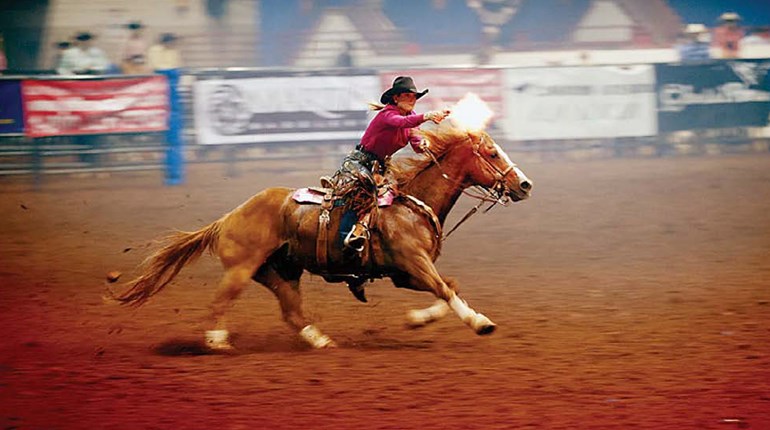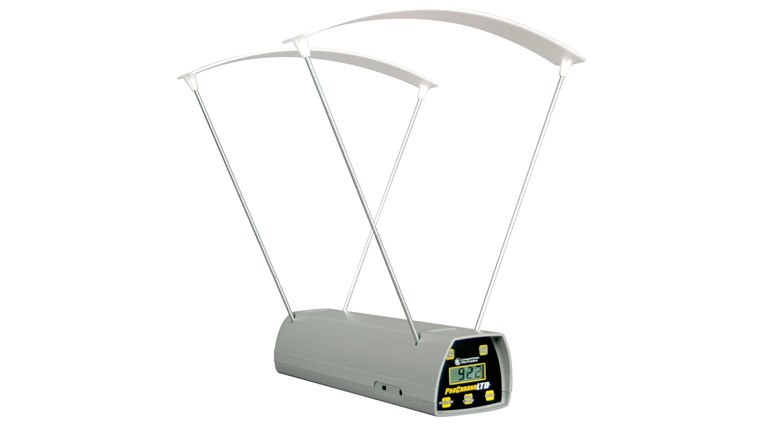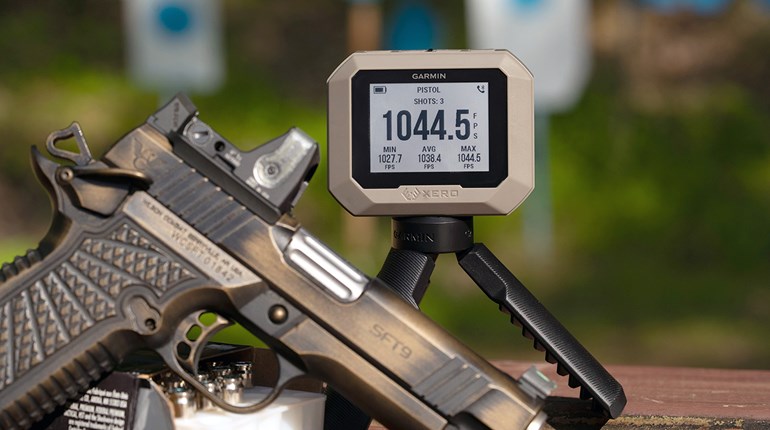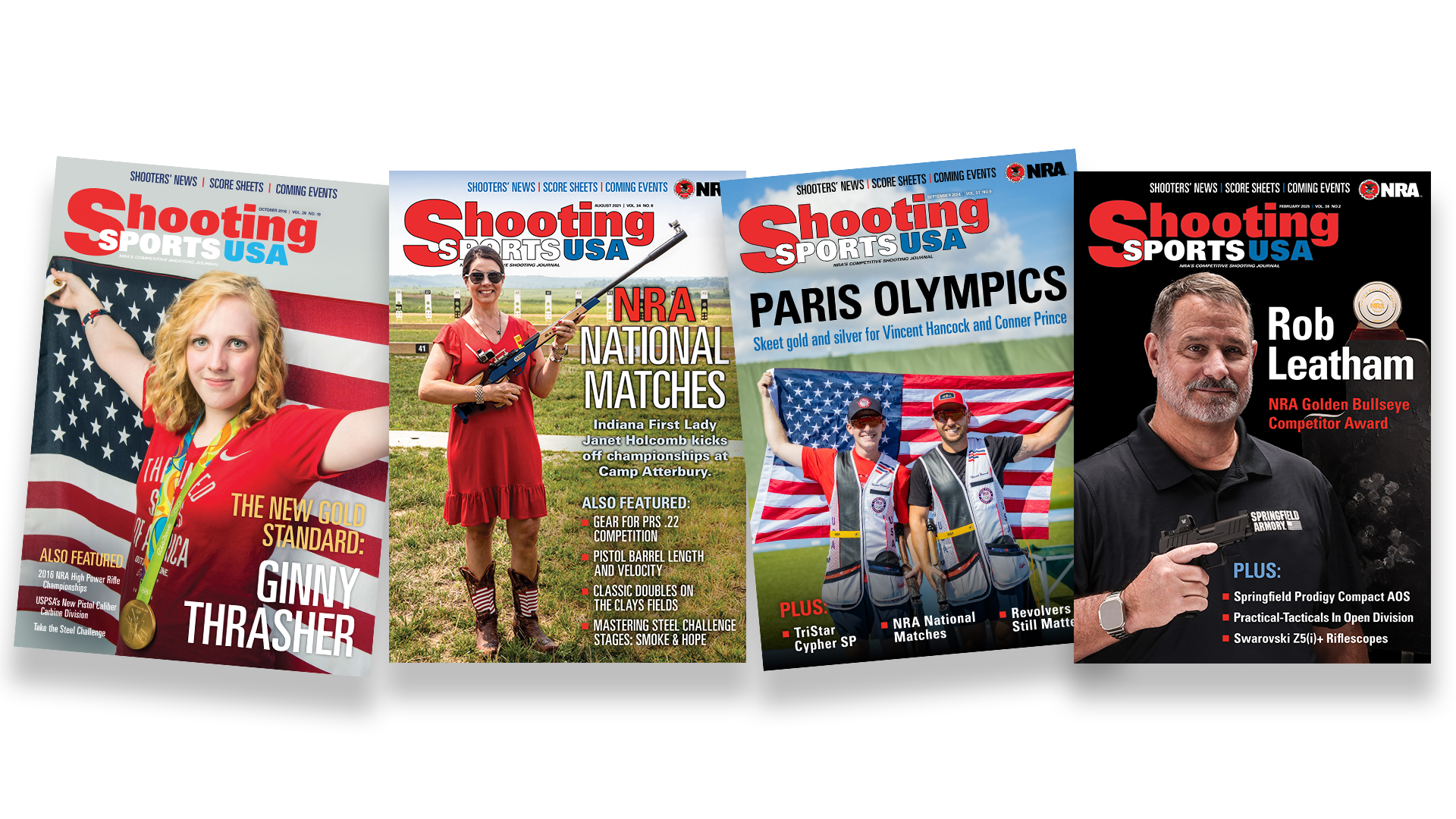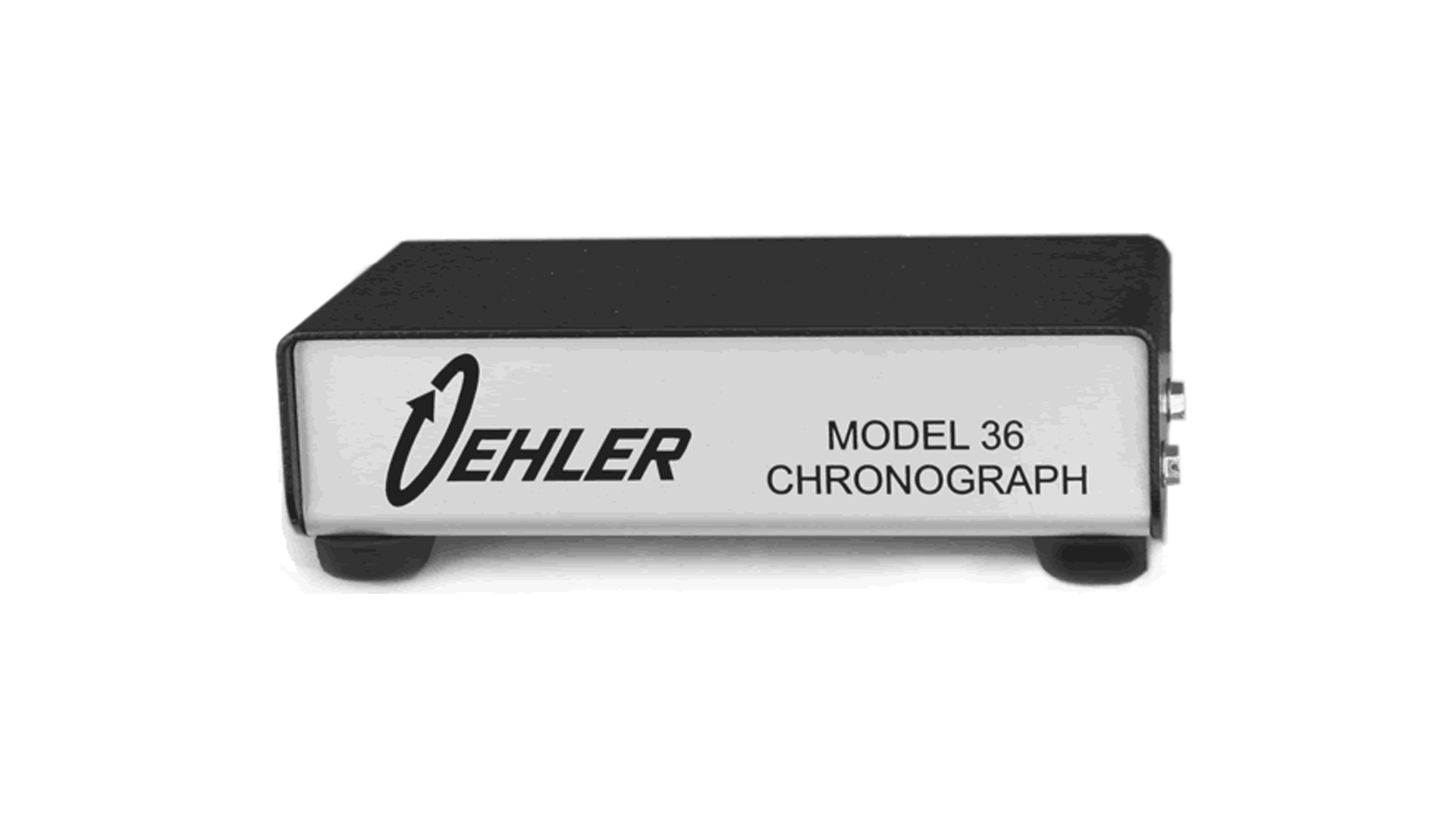
From the vault: Tips on chronographing air guns using the new-at-the-time Oehler Model 36 from none other than Ken Oehler himself. As published in the April 2012 issue of Shooting Sports USA.
Chronographing Air Guns
By Ken Oehler
Photos by Chip Lohman
While on an East Coast trip last summer, Ken Oehler was kind enough to stop by NRA headquarters in Fairfax, Virginia, to educate us on the Oehler Model 36 chronograph. We learned a lot during his visit, including the following technique of chronographing air guns.
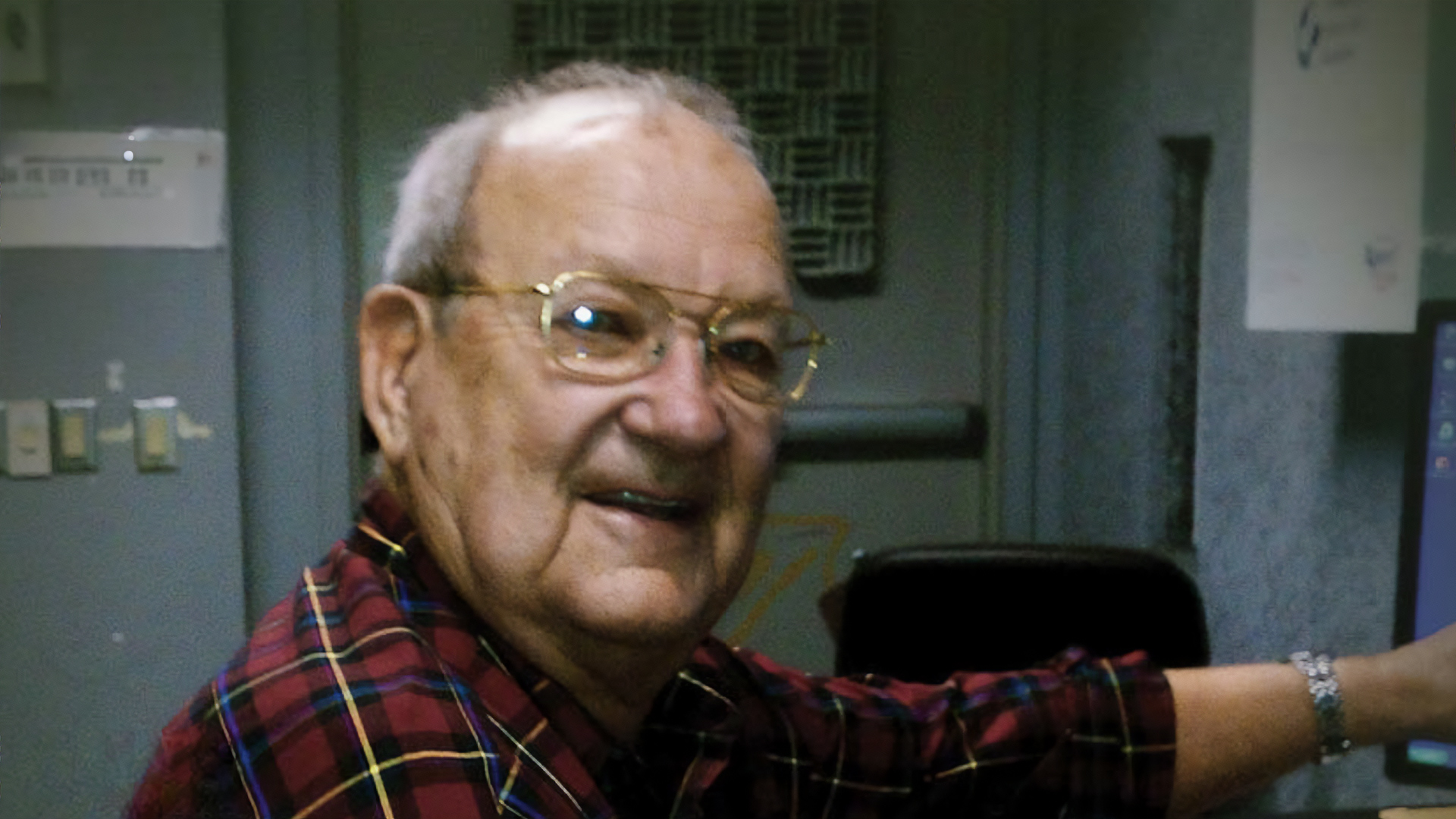
You can certainly use our equipment to measure velocity for a standard .177 caliber air gun. We routinely check each M57 screen with a few BB shots, but we are typically at 500 f.p.s. We consider the BB to define the smallest size bullet for which we expect reliable operation. (Crosman and Daisy use our equipment routinely.) The screens are such that faster bullets are usually easier to “see” (our screens’ Mach cones add to the cross-section).
In the event that the chronograph has too little sensitivity for a slower-moving .177 pellet, you can increase the sensitivity of our M57 screens by giving up a little width of the screen area. Just tape a piece of opaque paper at each end of the light-emitting screen rail. The center third of the light source should be left open and one third of each end should be blocked. (You could just use opaque duct tape, but it leaves a mess when you take it off.) I know it sounds screwy, but the detector is actually looking for roughly a one percent decrease in light as the pellet passes between light source and the detector. If you block off all but six inches of the light as described above, then the pellet’s shadow represents a larger percentage of the light, offering more reliable results. If you play this game, you will want to keep the pellet fairly well centered in the screen window. Assuming the remaining window is about six inches wide, this should still be safe.
Keep in mind that you will still need to block much of the muzzle blast using a baffle before the first screen. A cardboard baffle will work fine and should be positioned approximately halfway between the muzzle and the first screen. Tall, thin slots cut into the baffle allow you to obtain a sight picture and still limit any offending shockwave that might corrupt your data.
I can remember seeing screwy screen behavior when I shot a Red Ryder within a few inches of the screen. I’m not smart enough to know just what all the “no-see-ums” are doing in that region. In the case of the Red Ryder, I attributed it to “blow by” ahead of the BB instead of the shock wave. Consequently, I recommend keeping the baffle hole as small as possible, preferably 1x2 inches.
To learn more about Oehler chronographs and the many patents they hold, go to oehler-research.com.













